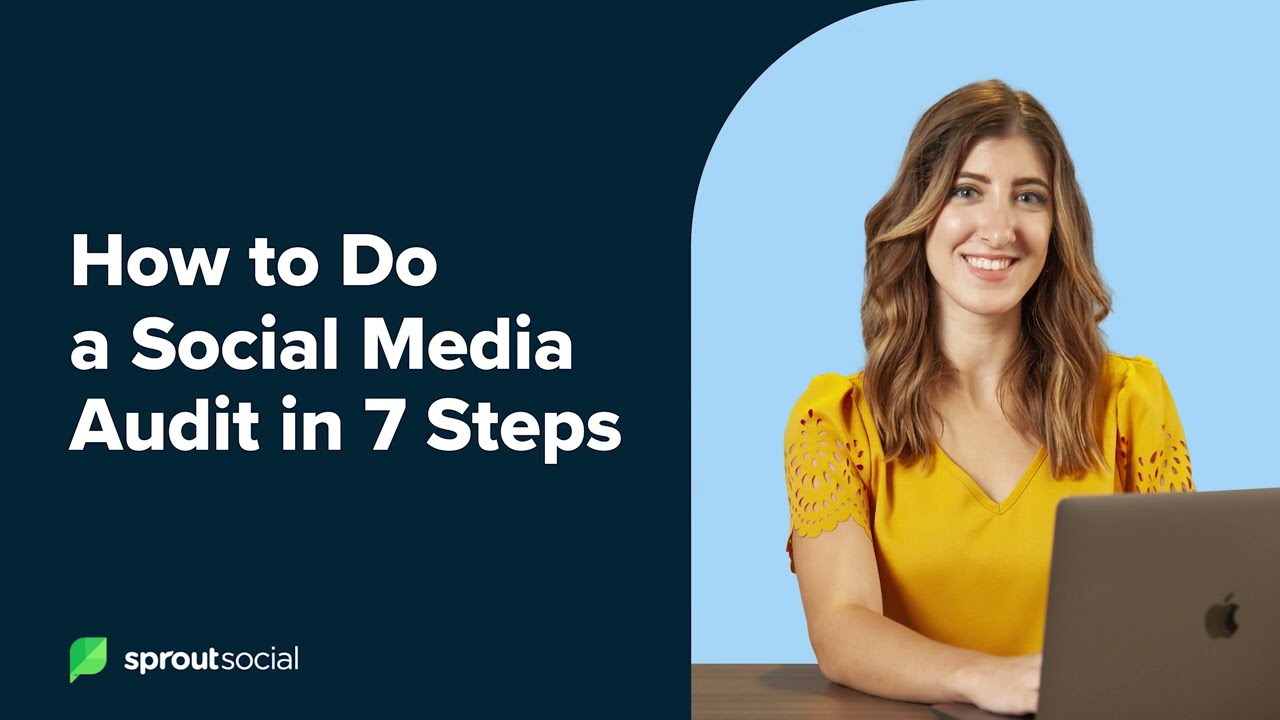Writing Social Media Proposals That Stand Out (+ Examples)
Learn how to write a social media advertising proposal with our guide. Get templates and examples that'll secure clients for your agency or freelance business.


Learn how to write a social media advertising proposal with our guide. Get templates and examples that'll secure clients for your agency or freelance business.
Short answer
A social media proposal is a strategic plan for managing and executing a client's social media campaign. It details goals, tactics, timelines, and success metrics, essential for any marketing agency or freelancer offering advertising services.
| Format | Pros | Cons |
|---|---|---|
| - Familiar to most users, ensuring ease of access - Ideal for text-dense proposals, preserving layout and formatting |
- Static nature limits engagement; not ideal for interactive storytelling - Challenges in viewing on mobile devices, often requiring zooming and scrolling |
|
| PowerPoint (PPT) | - Flexible for combining text, visuals, and basic animations - Commonly used, making it easy to share and present |
- Can feel uninspired for modern audiences; lacks advanced interactive features - Not the best for responsive design, potentially affecting mobile usability |
| Word document | - Excellent for collaborative editing, especially in text-heavy sections - Straightforward and easy for basic document creation |
- Visually limited; struggles to integrate dynamic visuals or multimedia effectively - Not designed for impactful, visually driven presentations |
| Storydoc | - Excels in creating engaging, interactive experiences - Responsive design ensures flawless viewing on all devices - Ideal for storytelling, enhancing proposals with dynamic elements like videos and clickable features |
- Steeper learning curve for creators new to interactive tools - May require clients to adjust to a more modern presentation style |
Stop losing opportunities to ineffective presentations.
Your new amazing deck is one click away!





















Social media proposal examples that get clients to say ‘Yes’
The right proposal can be the difference between a potential client's indecision and an enthusiastic 'Yes'.
Here are 6 standout social media proposal examples, each uniquely designed to capture attention, convey expertise, and demonstrate value.